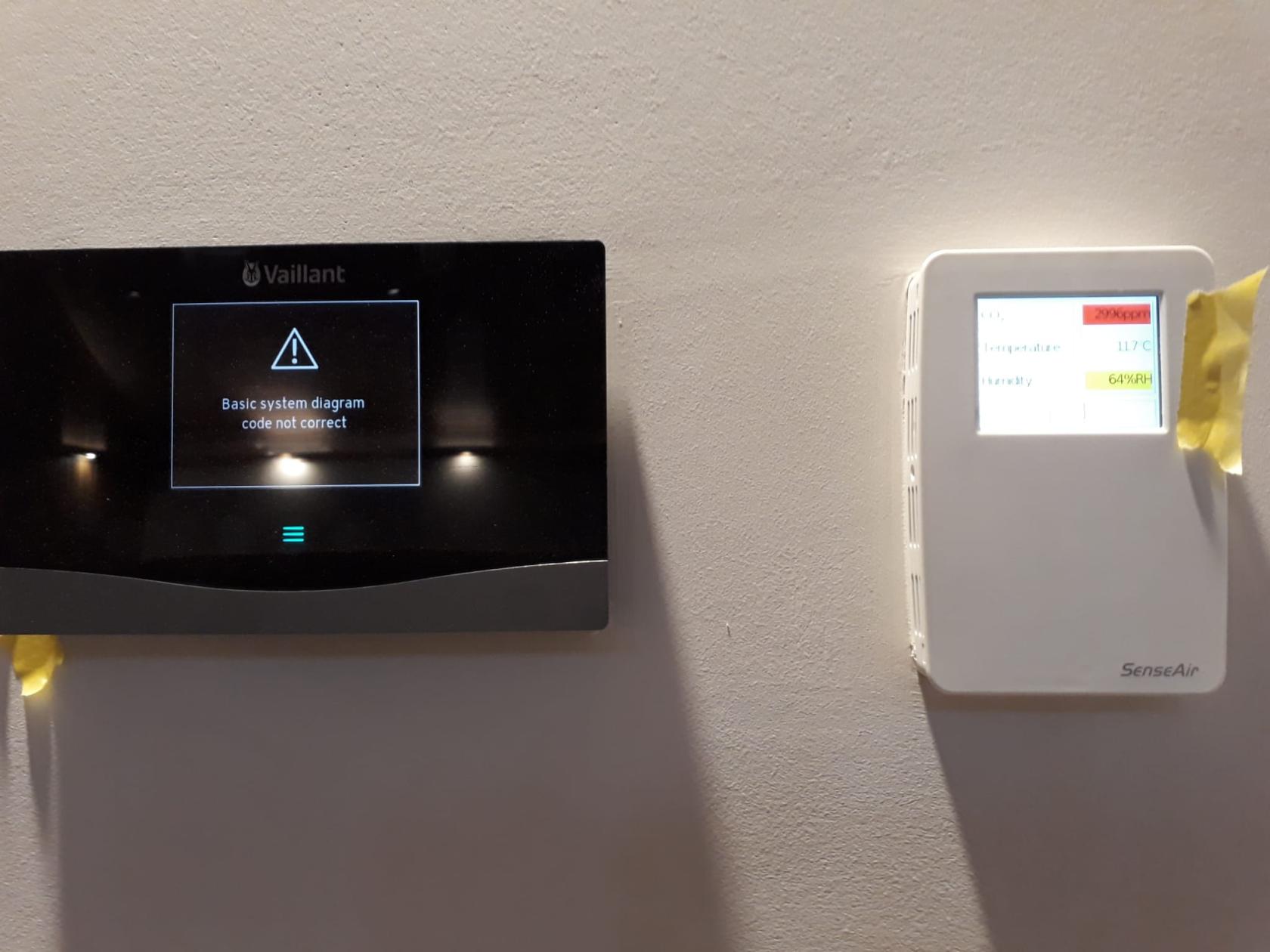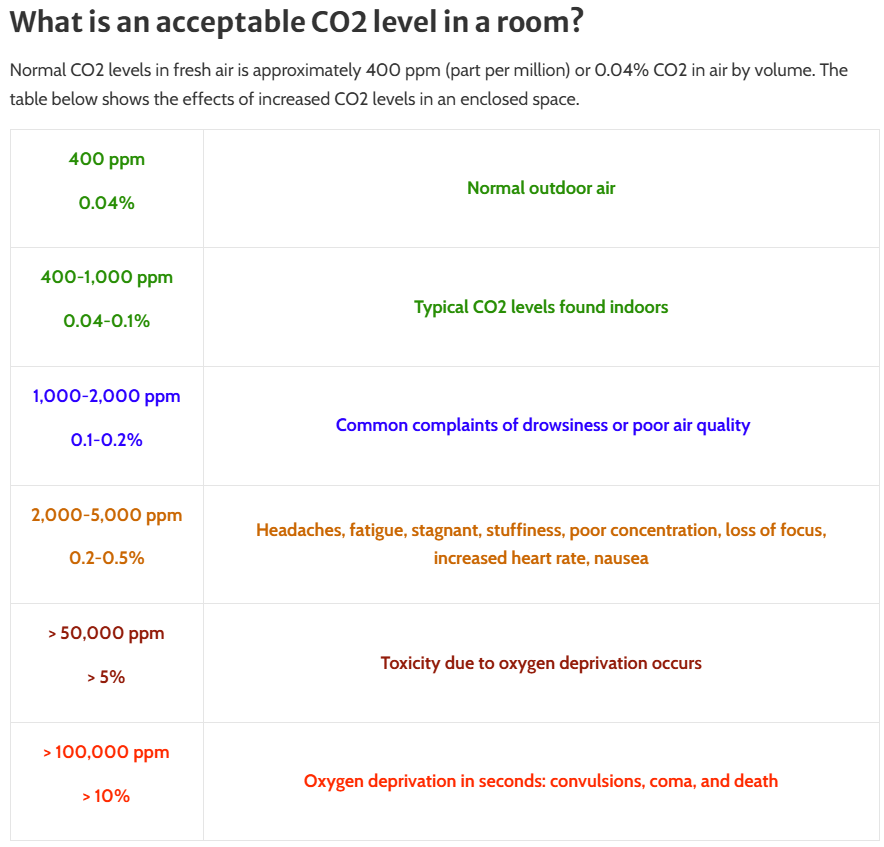New Page
Gas sensors are critical for monitoring indoor air quality. Examples include any enclosed spaces including homes, office buildings, classrooms, gymnasiums, and assisted living facilities. Not only do gas sensors provide a reliable early warning indicator of rising CO2 levels, but they can assist in energy efficiency and reducing wear and tear on HVAC systems. The added benefit of proper CO2 monitoring in indoor spaces is improved cognitive abilities and reductions of airborne diseases.
Why do we measure CO2?
CO2 is often measured in indoor environments to quickly serve as an indication if additional ventilation is required. Because CO2 is a known indoor pollutant, too much CO2 can also affect overall employee performance, productivity, and overall health.
Temperature and Humidity
- Temperature: Higher temperatures can increase the rate of CO₂ emissions from certain sources and influence ventilation effectiveness.
- Humidity: High humidity levels can affect the performance of ventilation systems and indoor air quality.


